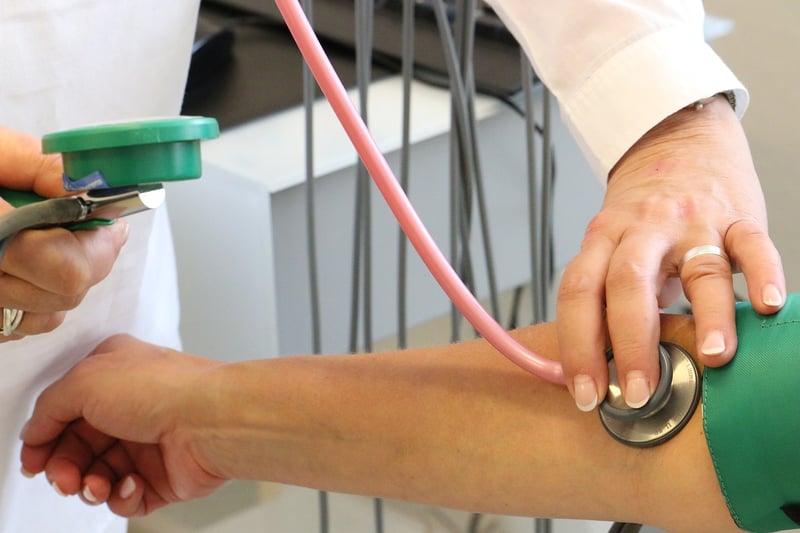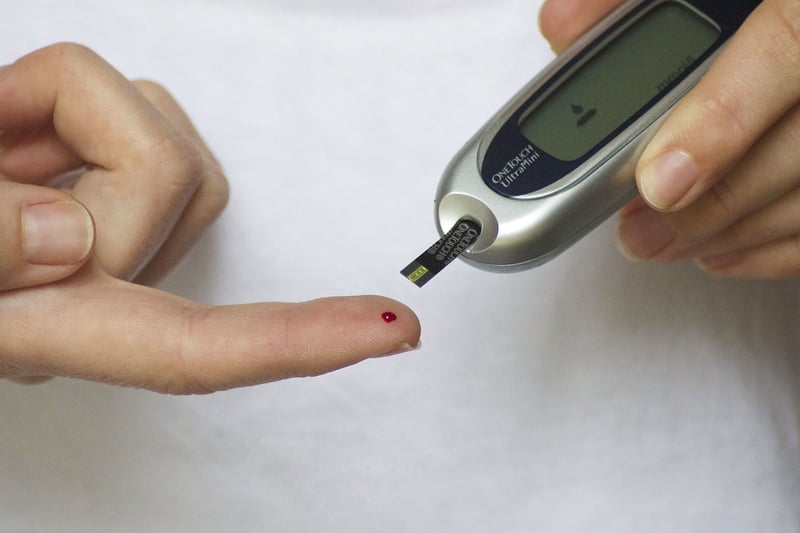One in 20 people in England are in danger of developing type 2 diabetes – but where you live can have a big impact, with people in some areas up to 10 times more likely to be at risk.
NHS Digital data shows that over 2.6 million people registered with a GP in England had non-diabetic hyperglycaemia (NDH) in 2021. This means they have high blood sugar levels, and run a high risk of developing type 2 diabetes.
A further 3.3 million patients already had type 2 diabetes, the same data shows. They were among the over 5 million people in the UK estimated to be living with the disease, either diagnosed or undiagnosed, according to Diabetes UK.
It comes as a new report published in the Lancet medical journal warns that the number of people living with diabetes globally is set to double by 2050, to 1.3 billion – the equivalent of between one in seven and one in eight of the projected population. Diabetes can lead to heart disease, vision loss, kidney disease and foot problems that can often require amputations.
Analysis of the NHS Digital figures reveals huge disparities in the proportion of the population at risk across England. In Southend, the number of people with NDH represented just 1.9% of GPs’ adult patients (17 years and over). But in other areas, 10% of patients were affected.
Many of the areas with the highest proportion of patients at risk were in the North of England, although some southern communities were also heavily impacted.
The risk of developing type 2 diabetes for those with NDH can be reduced through healthy lifestyle changes. Doctors can invite people with NDH to join a course to help them develop healthy habits, a key measure designed to reduce the growth of diabetes – and the impact on the NHS. But the latest statistics show that of the almost 1 million people invited onto the programme in 2021, a third turned the offer down.
Below we have ranked the top 16 Clinical Commission Group (CCG) areas of England where the greatest number of patients are at risk.

1. Bury
At NHS Bury CCG, 14,880 patients had NDH, or 10.4%. (Image: Pixabay)

2. Wigan
At NHS Wigan Borough CCG, 26,340 patients had NDH, or 9.9%. (Image: Pixabay)

3. Halton
At NHS Halton CCG, 9,995 patients had NDH, or 9.3%. (Image: Pixabay)

4. Southport And Formby
At NHS Southport And Formby CCG, 9,045 patients had NDH, or 8.9%. (Image: Pixabay)


